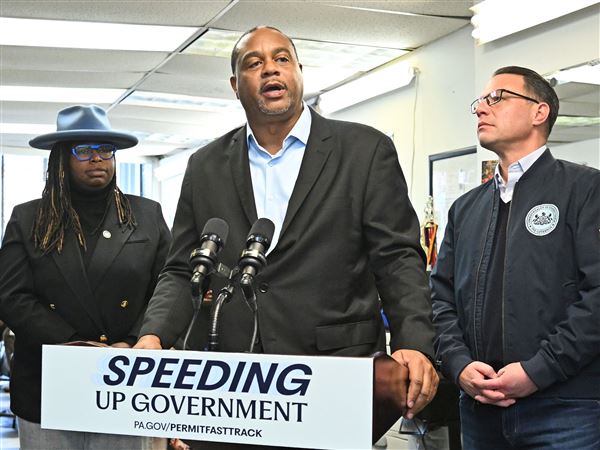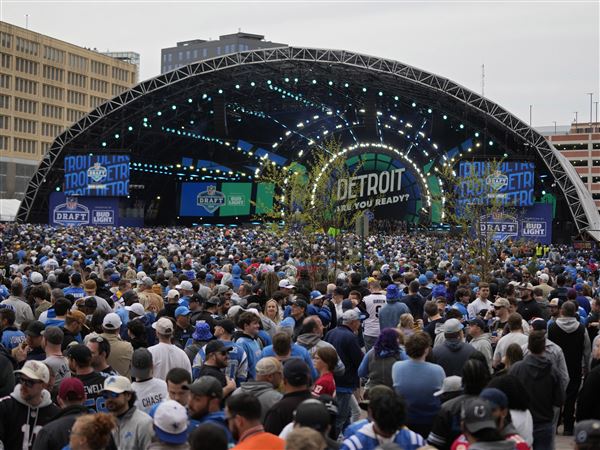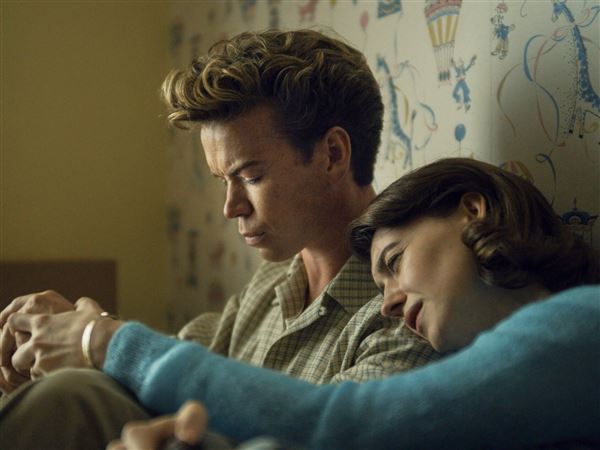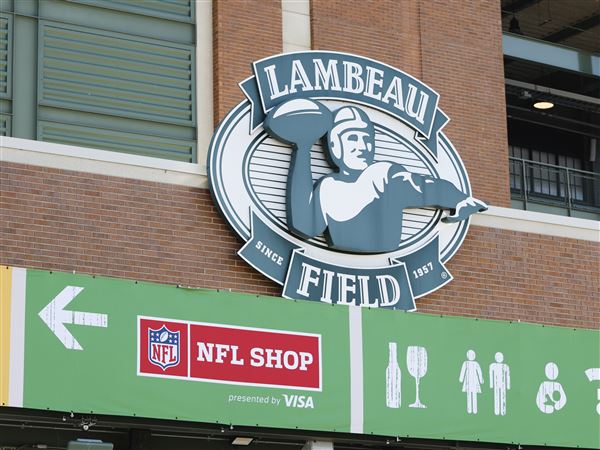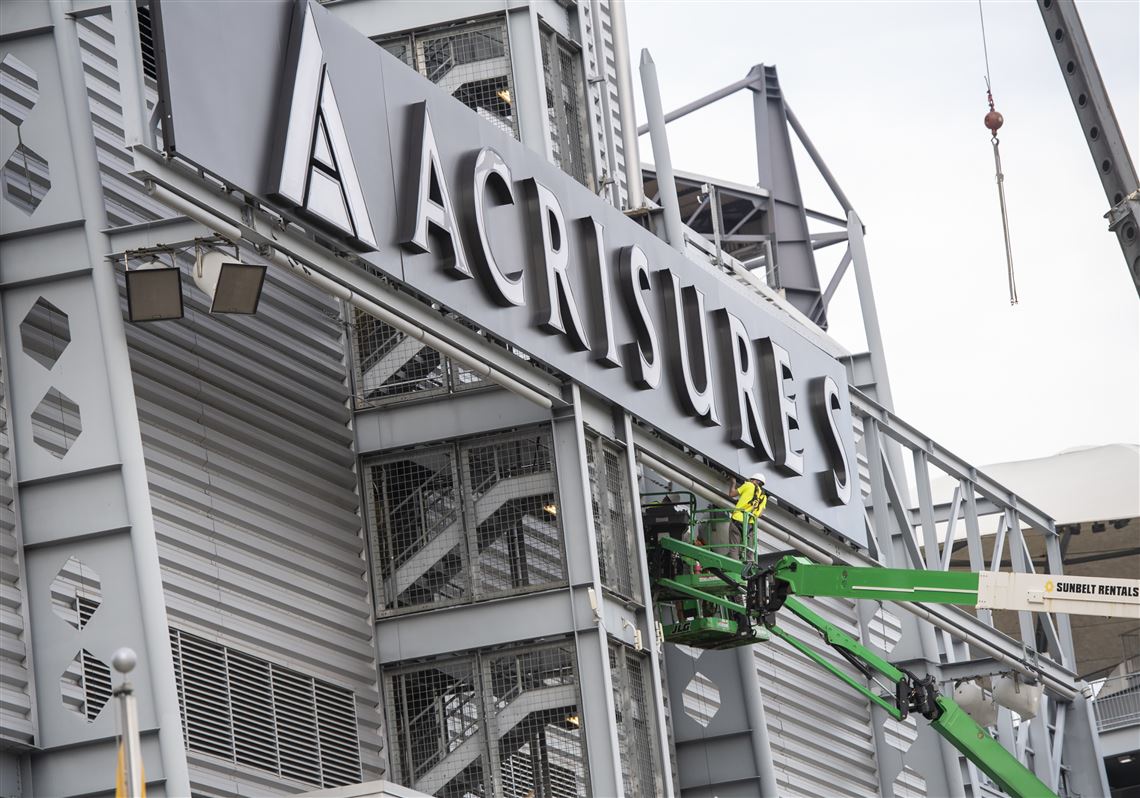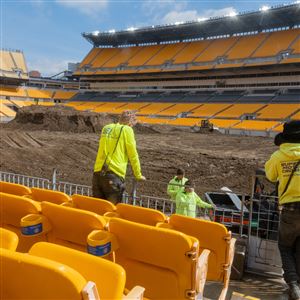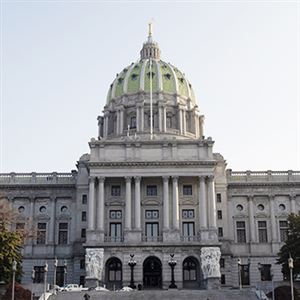Three Republican state representatives are proposing legislation that may finally disabuse officials and lawmakers of the fiction that publicly funding pro-sports venues is a good economic investment. We urge the legislature not only to pass to bill, but to pass an expanded version.
The first part of the bill, proposed by state representatives Jim Gregory, Tim Bonner and Bud Cook, all from western Pennsylvania, orders an audit of the payments to the state made by Pittsburgh’s Steelers and Pirates and Philadelphia’s Eagles and Phillies under their stadium agreements. The Pittsburgh teams are to pay $25 million each every 10 years, less certain deductions based on other tax revenues generated by the stadiums. That’s good, but not the most useful feature.
That’s another part of the proposal: an economic impact study undertaken by the state’s Independent Fiscal Office to determine the actual financial benefits the two baseball stadiums provide their cities. That part should be expanded. All the major venues in both cities were funded in part by taxpayer dollars, and all should have their return on investment measured.
For decades, team owners and enthusiastic fans have argued that public authorities generate new economic activity — and therefore tax dollars — by helping ultra-wealthy franchise owners fund their megaprojects. City, county and state authorities believed them. And for decades, researchers have demonstrated time and again that this never, ever works. (Pittsburghers may also note that one of those owners hasn’t returned the favor by spending money building a good team.)
In Buffalo, for instance, the owner of the Bills has claimed that the team’s presence generates nearly $400 million a year in economic activity in western New York — and therefore the city and state should pony up for a new billion-dollar stadium. But the actual tax revenue generated by all that activity is more like $25 million a year, according to a state-commissioned study.
Sports stadiums and arenas do generate taxable revenue, but that revenue would still exist if the stadium didn’t exist. In most cases, families would use the leisure money they spend on stadium events for other entertainment activities. In other words, stadiums don’t generate economic activity as much as they attract economic activity that would have happened elsewhere, mostly in the same region, regardless.
In other words, hundreds of millions of dollars of public aid results in hundreds of millions of dollars of private benefit — and maybe a little public boost on the side. Now imagine if the money that the state and county spend on stadiums went into public transportation, or fixing bridges, or improving services for the disabled.
There’s one more problem with the state providing such a huge subsidy: It favors the stadium sports teams over all the other activities families would spend their leisure money on. Theaters, amusement parks, zoos, restaurants, museums and many other enterprises lose out when the state subsidizes stadiums.
The owners of the Steelers, Pirates and Penguins paid only a small share of the costs of their current homes. A study that shows how meager the public benefit has been could save taxpayers hundreds of millions of dollars the next time their owners come to Harrisburg, or Grant Street, hat in hand.
First Published: November 1, 2022, 4:00 a.m.
